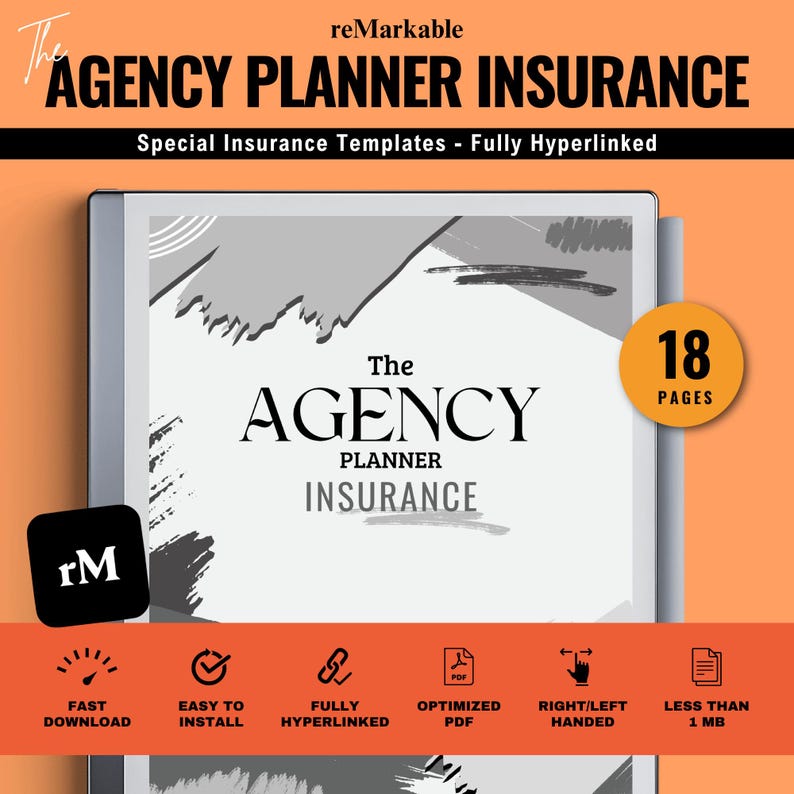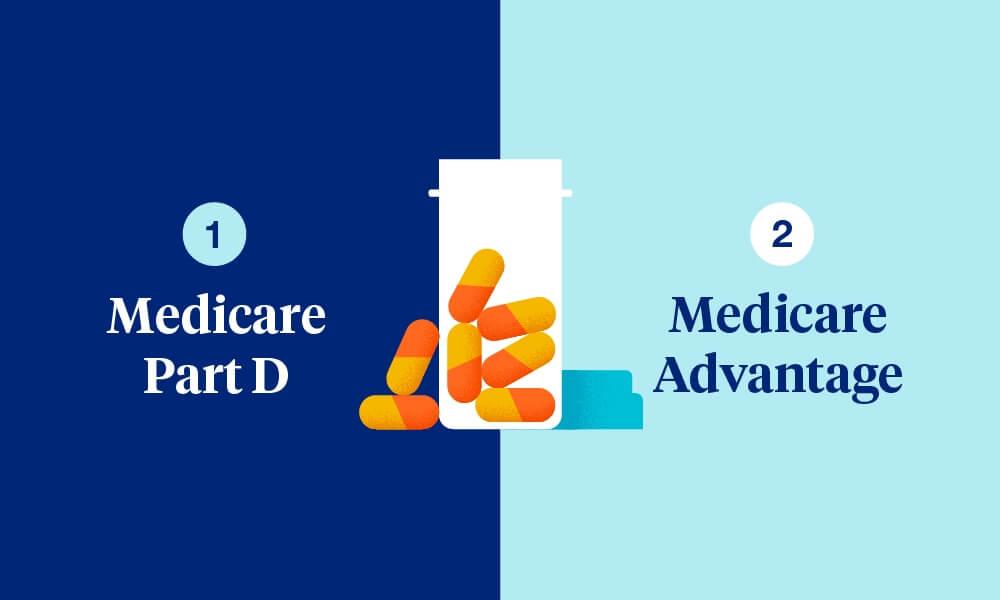Navigating the world of prescription drug coverage can feel like decoding a secret language — with confusing terms, endless paperwork, and a maze of options. But don’t worry, you’re not alone! Whether you’re new to insurance or just want to make sure you’re getting the best deal on your medications, this friendly guide is here to clear things up. We’ll break down the basics, explain key terms, and share tips to help you understand exactly how your prescription drug coverage works — so you can focus less on the hassle and more on staying healthy. Let’s dive in!
Table of Contents
- How Prescription Drug Coverage Works and What It Means for You
- Decoding the Different Types of Prescription Plans
- Tips for Maximizing Your Benefits and Saving Money
- What to Do When Your Medication Isn’t Covered
- Wrapping Up
How Prescription Drug Coverage Works and What It Means for You
When you have prescription drug coverage, you’re essentially getting a helping hand to pay for your medications. Most plans work by dividing your medication costs between you and your insurance provider. This usually involves a few key elements like co-pays (a fixed amount you pay for each prescription), deductibles (the amount you must spend before coverage kicks in), and formularies (a list of approved medications covered by your plan). Understanding these components means you’ll be better equipped to manage your medication expenses and avoid surprises at the pharmacy.
Drug coverage plans also tend to categorize medications into different tiers, which influence how much you’ll pay out-of-pocket. For example:
- Generic drugs: Typically the least expensive option.
- Preferred brand-name drugs: Usually cost more but might be required if generics aren’t available.
- Non-preferred drugs: Often the priciest and may need special approval.
Knowing where your medication falls within these tiers can help you find cost-saving alternatives or plan ahead for your pharmacy visits. Plus, many plans offer mail-order options that can save both time and money—so always take advantage of these perks when available!
Decoding the Different Types of Prescription Plans
When navigating the world of prescription drug coverage, understanding the variety of plans available can feel overwhelming. Essentially, prescription plans fall into a few broad categories, each designed to fit different needs and budgets. These include Retail Pharmacy Plans where you receive medications from local drugstores, Mail-Order Plans offering convenience and often lower costs by delivering your prescriptions straight to your door, and Specialty Drug Plans meant for high-cost or complex medications that require special handling. Recognizing these distinctions can help you choose a plan that aligns best with your lifestyle and medical needs.
It’s also helpful to consider some key features that vary across these plans such as:
- Formulary Lists: Each plan has its own list of covered drugs, which can affect what you pay out-of-pocket.
- Cost-Sharing Requirements: This includes copayments, coinsurance, and deductibles, which impact the total cost you’ll bear.
- Network Restrictions: Some plans require you to use certain pharmacies or providers to get full benefits.
By understanding these factors and the broad categories of plans, you’ll feel more confident in making choices that keep both your health and wallet in good shape.
Tips for Maximizing Your Benefits and Saving Money
One of the smartest ways to stretch your prescription drug benefits is by staying organized and proactively managing your medications. Keep an updated list of all your prescriptions and check if your insurer offers a preferred pharmacy network; often, filling prescriptions at these pharmacies can lead to significant savings. Don’t shy away from asking your healthcare provider if there are generic alternatives or therapeutic equivalents that can deliver the same results at a fraction of the cost. Remember, being informed is your first step to saving.
Another helpful approach is to take advantage of any available programs or discounts. Many insurance plans include mail-order services that provide a 90-day supply of your medications at reduced prices. Additionally, enrolling in patient assistance programs or utilizing manufacturer coupons can further reduce out-of-pocket expenses. Consider using apps or websites that compare drug prices in your area—sometimes switching pharmacies for a single prescription can make a big difference. Small changes in how and where you get your medications can add up to big savings over time.
What to Do When Your Medication Isn’t Covered
Discovering that your medication isn’t covered by your insurance plan can feel frustrating, but there are several proactive steps you can take to ease the burden. First, talk to your healthcare provider. They might be able to prescribe a therapeutic equivalent that’s covered by your plan or provide documentation to request a coverage exception. You can also reach out to your insurance company to inquire about the appeals process or see if a prior authorization can be obtained to make your prescription eligible for coverage.
Additionally, don’t overlook other valuable options that could save you money and ensure you get the treatment you need:
- Check for manufacturer coupons or patient assistance programs that reduce costs.
- Compare prices at different pharmacies, including online options, as costs can vary significantly.
- Look into discount prescription cards or programs offered by non-profits.
- Consider splitting higher-dose pills, with your doctor’s approval, to lower expenses.
By staying informed and advocating for yourself, you can navigate these challenges with confidence and find solutions that work for your health and budget.
Wrapping Up
And there you have it—a friendly little roadmap to help you navigate the sometimes confusing world of prescription drug coverage! Remember, understanding your plan can save you money and stress when it’s time to fill your prescriptions. If you ever feel overwhelmed, don’t hesitate to reach out to your insurance provider or a trusted pharmacist—they’re there to help. Here’s to feeling confident and empowered every time you pick up your meds! Thanks for reading, and stay healthy!





